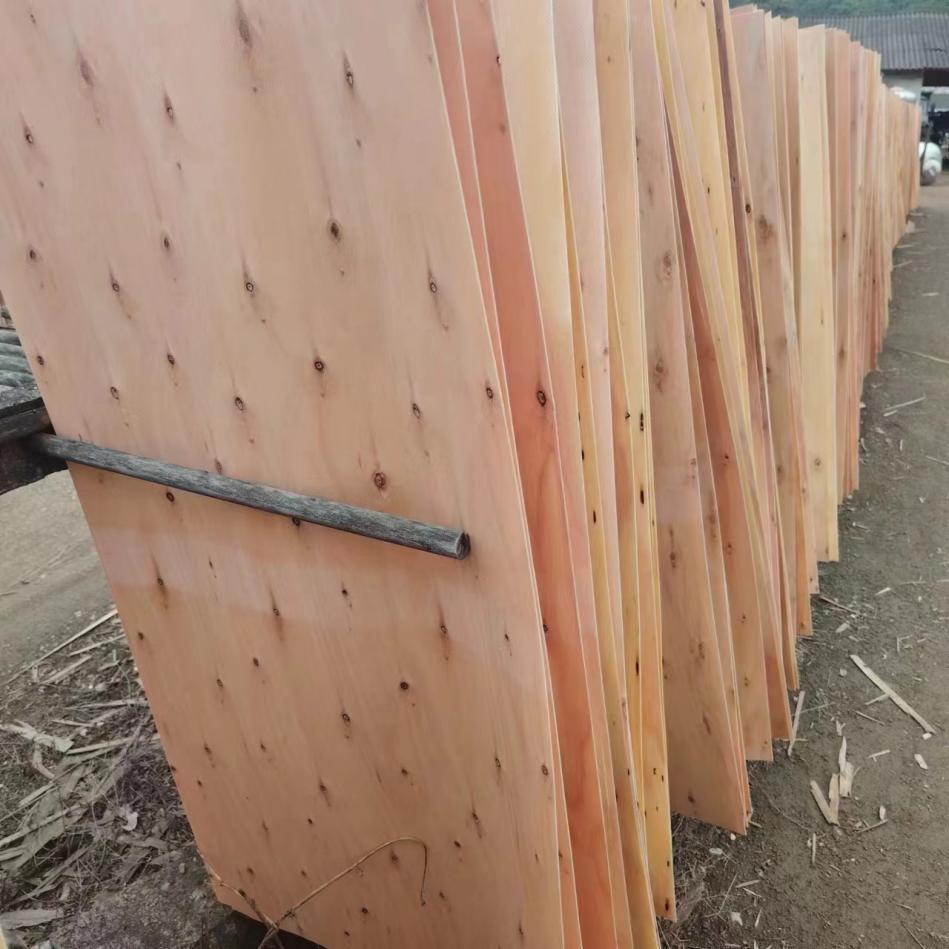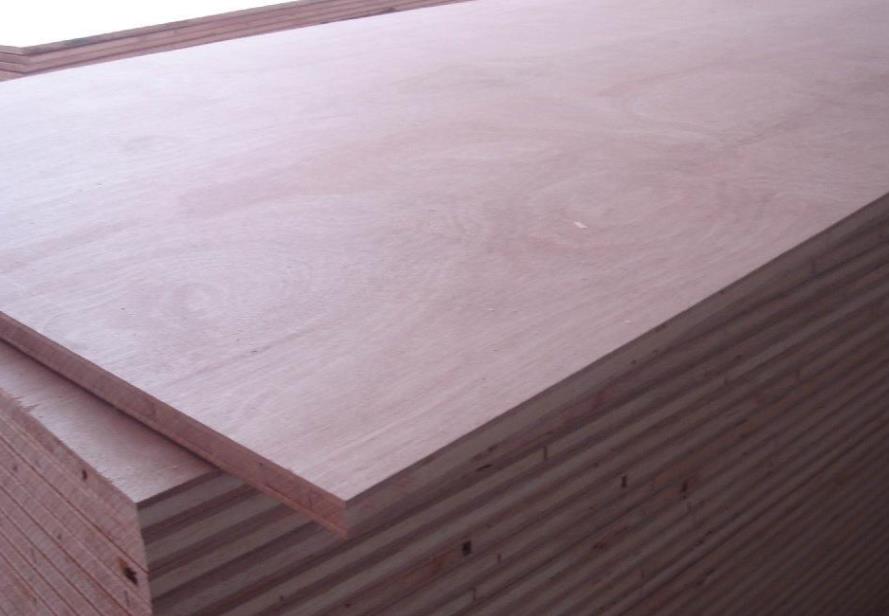
The moisture content of log veneer is crucial for effective wood drying and bonding. It’s typically measured as absolute moisture content and must be within a specific range to ensure good drying efficiency, plywood bonding, and overall quality of the final product.
How Moisture Content Affects Plywood Bonding Quality
|
Adhesive Type |
Optimal Moisture Content |
Notes |
|
Urea-formaldehyde |
5%-10% |
Works best with lower moisture content. |
|
Phenolic resin |
6%-12% |
|
|
Soybean adhesives |
8%-14% |
Performs better with slightly higher moisture content. |
|
Wood Type |
Characteristics |
Moisture Content Consideration |
|
Wood with Good Air and Water Permeability (e.g., ash wood) |
High permeability allows better moisture distribution. |
Can handle slightly higher moisture content during pressing without compromising bonding strength. |
|
Wood with High Resin Content (e.g., pine) |
High resin content can react poorly with excess moisture. |
Moisture content should be kept lower to avoid defects like bubbling during pressing. |
Bonding Strength:
Studies show that a moisture content of 5%-15% provides good bonding strength, with 7%-8% being ideal.
If less glue is applied, slightly higher moisture content can help maintain bonding strength.
Plywood Defects:
A moisture content between 5%-8% minimizes issues like deformation and surface cracking.
5. Final Recommendations
Based on the type of adhesive and wood species, here are the optimal moisture content ranges:
|
Plywood Type |
Optimal Moisture Content |
|
Urea-Formaldehyde Resin Plywood |
5%-10% |
|
Phenolic Resin Plywood |
6%-12% |
|
Soybean Adhesive Plywood |
8%-14% |
Choosing the right moisture content helps balance bonding strength, minimize deformation, and reduce surface defects, improving the overall quality of the plywood.
 The Impact of Air Velocity on D
The Impact of Air Velocity on D
01 January,1970
 How to evaluate the production
How to evaluate the production
01 January,1970
 New glue technologies for plywo
New glue technologies for plywo
01 January,1970
 How to maintain and upkeep a ca
How to maintain and upkeep a ca
01 January,1970
 What is the Veneer Drying Equip
What is the Veneer Drying Equip
01 January,1970
 How to maintain the wood veneer
How to maintain the wood veneer
01 January,1970